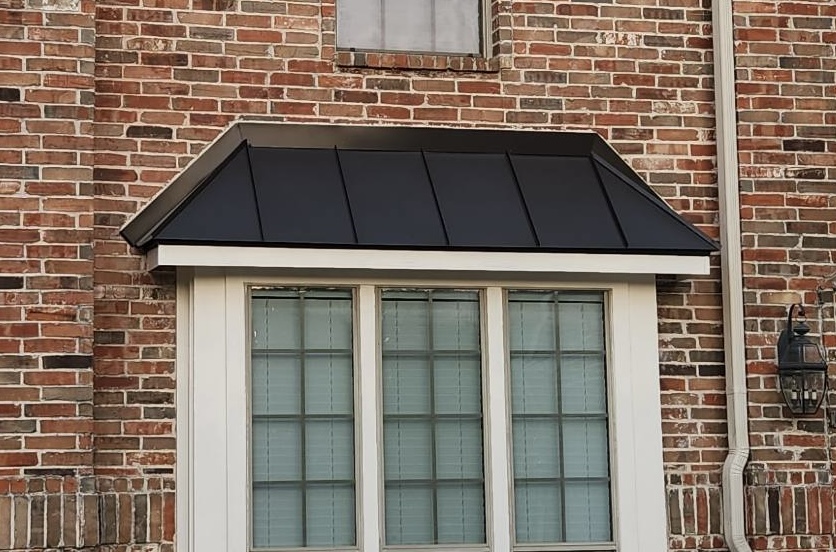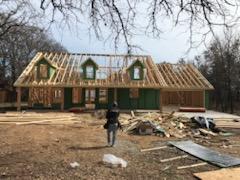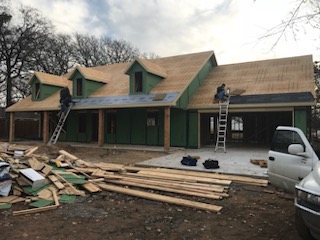MEMBRANE ROOFING
What is membrane roofing?
Membrane roofing refers to a type of roofing system that utilizes flexible and durable membranes as the primary material for protecting buildings from the elements. These membranes are typically made from synthetic materials such as thermoplastic, thermoset, or modified bitumen, offering superior resistance to weathering, UV radiation, and other environmental factors.
key advantages of membrane roofing
Waterproofing: Membrane roofing provides a seamless and watertight barrier that effectively prevents water infiltration, reducing the risk of leaks and water damage.
Durability: Membrane materials, such as thermoplastic, thermoset, or modified bitumen, are highly durable and resistant to weathering, UV radiation, and other environmental stressors, ensuring a long lifespan for the roofing system.
Energy Efficiency: Some membrane materials possess reflective properties, helping to reduce heat absorption and lower cooling costs by reflecting a portion of the sun’s rays.
Resistance to Chemicals: Membrane materials are often resistant to chemicals, making them suitable for industrial settings where exposure to corrosive substances is a concern.

WHY CHOOSE membrane?
With versatility in architectural design, ease of installation, and compatibility with green roofing technologies, membrane roofing emerges as a reliable and sustainable choice for a wide range of commercial, industrial, and institutional applications. Their durability, stemming from materials like thermoplastic or modified bitumen, ensures a long-lasting solution resistant to weathering and UV radiation. With minimal maintenance requirements, membrane roofs offer cost savings over time, while their flexibility accommodates various architectural designs and building movements.
FAQ’s
What is the primary purpose of membrane roofing?
The primary purpose of membrane roofing is to provide a seamless and watertight barrier over a building’s roof, effectively preventing water infiltration, leaks, and subsequent water damage.
How does membrane roofing accommodate building movements and expansions?
Membrane roofing systems are known for their flexibility. The materials used, such as thermoplastic or thermoset, allow the roof to move with the building without compromising structural integrity, making them suitable for various architectural designs and expansion plans.
What are some common applications of membrane roofing systems?
Membrane roofing is commonly used in commercial, industrial, and institutional settings. Its versatility, durability, and low maintenance requirements make it a popular choice for flat or low-sloped roofs in a wide range of structures, from warehouses and factories to office buildings and schools.
YOUR EXPERTS
If you still have questions or need further assistance, please don’t hesitate to reach out! We’re here to help!
Contact Us










